How to Free Up Space on iPad
Is your iPad running out of space or feeling slow? It’s important to keep enough free space so it works well. In this guide, we’ll show you several easy ways to free up space on your iPad. We’ll cover everything from deleting old apps and media to using online storage, all to help make your iPad faster and more efficient.
Method 1: Review and Delete Unnecessary Apps
Apps can take up more space than you realize, especially games and multimedia apps. Removing apps you no longer use can significantly increase your available storage.
- Open iPad Settings: Start by tapping on the Settings app. This is where you can manage all your device settings, including storage.
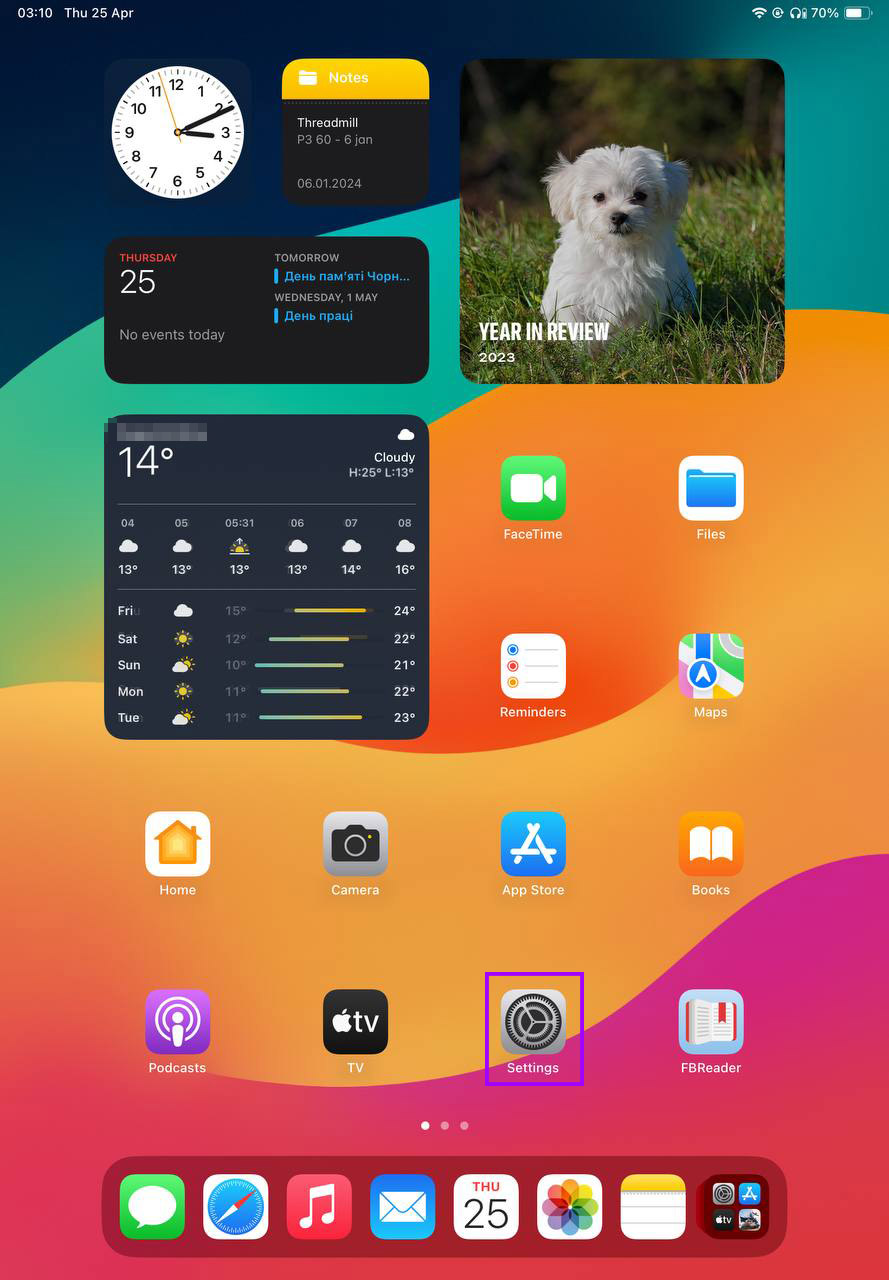
- Navigate to General > iPad Storage: In the Settings menu, tap ‘General’ and then ‘iPad Storage.’
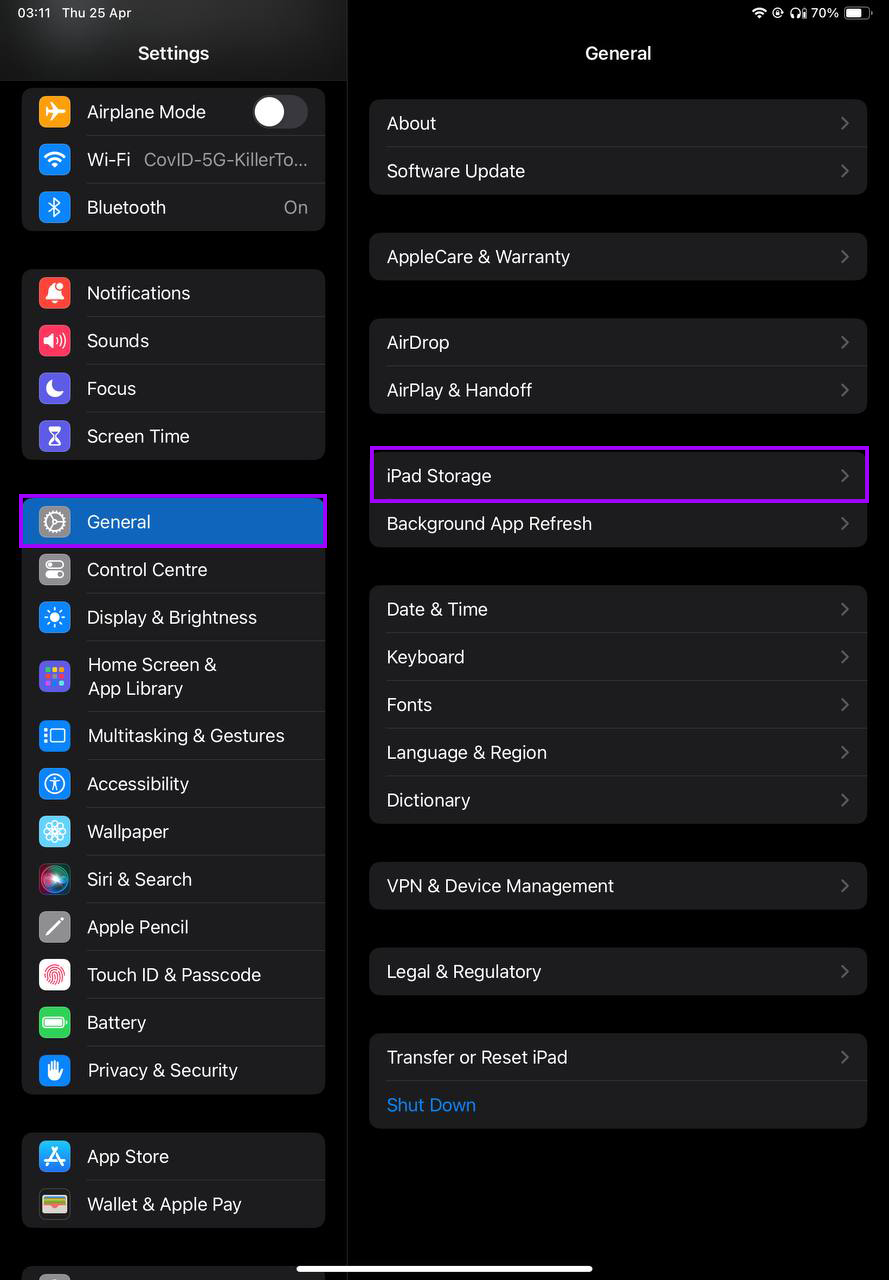
- Review and decide: Give it a moment to load and then scroll through the list to see which apps are using the most space. Consider how often you use each app and whether it’s worth the space it’s taking up.
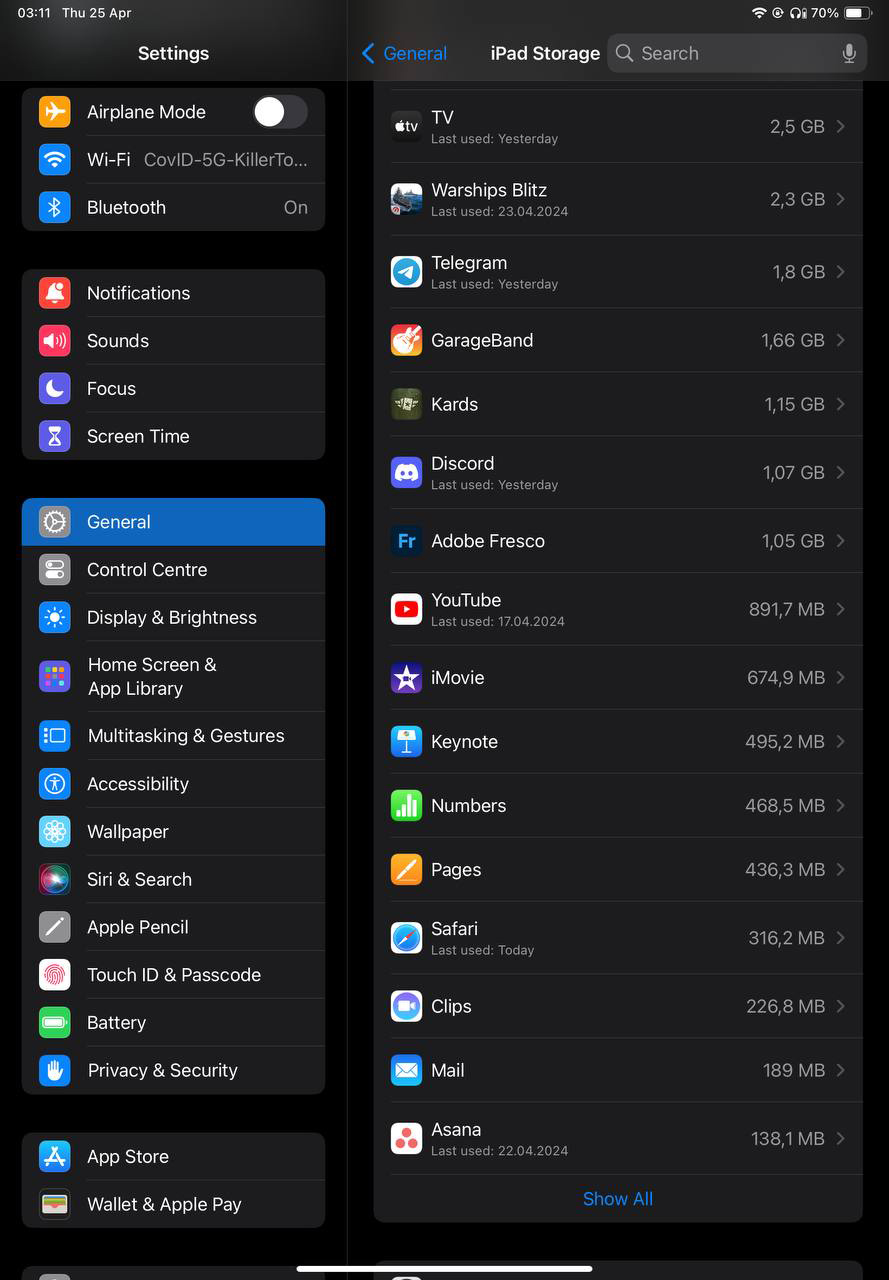
- Delete unnecessary apps: Tap on an app that you want to remove, then choose “Delete App” on the app’s info page.
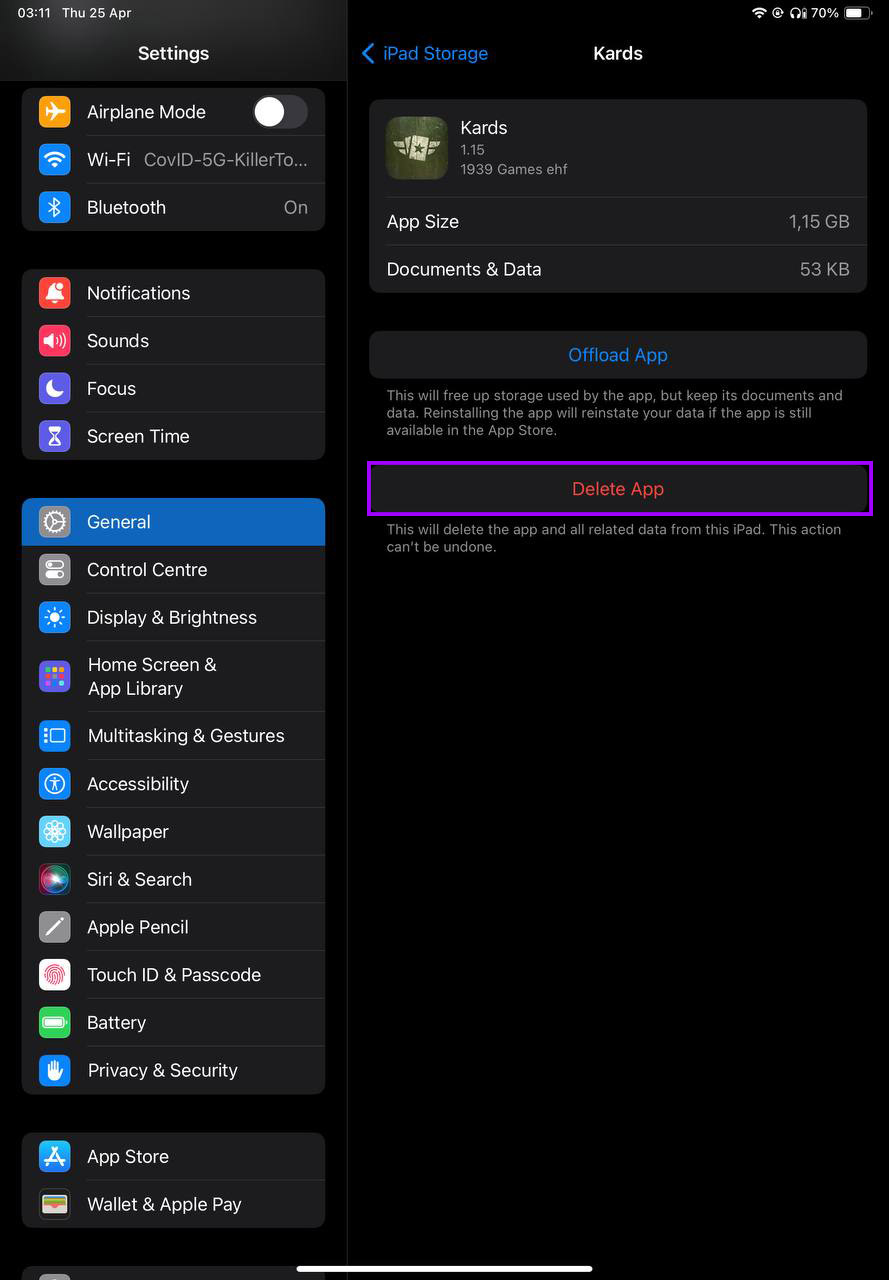
By following these steps, you can clean up iPad storage in huge chunks so your device has enough space for the apps and data you truly need.
Method 2: Clean Up Photos and Videos
Photos and videos often take up a substantial amount of storage due to their file sizes. Dealing with them can free up significant space on your iPad. Here’s how:
- Open the Photos app: Start by opening the Photos app from your iPad’s home screen.
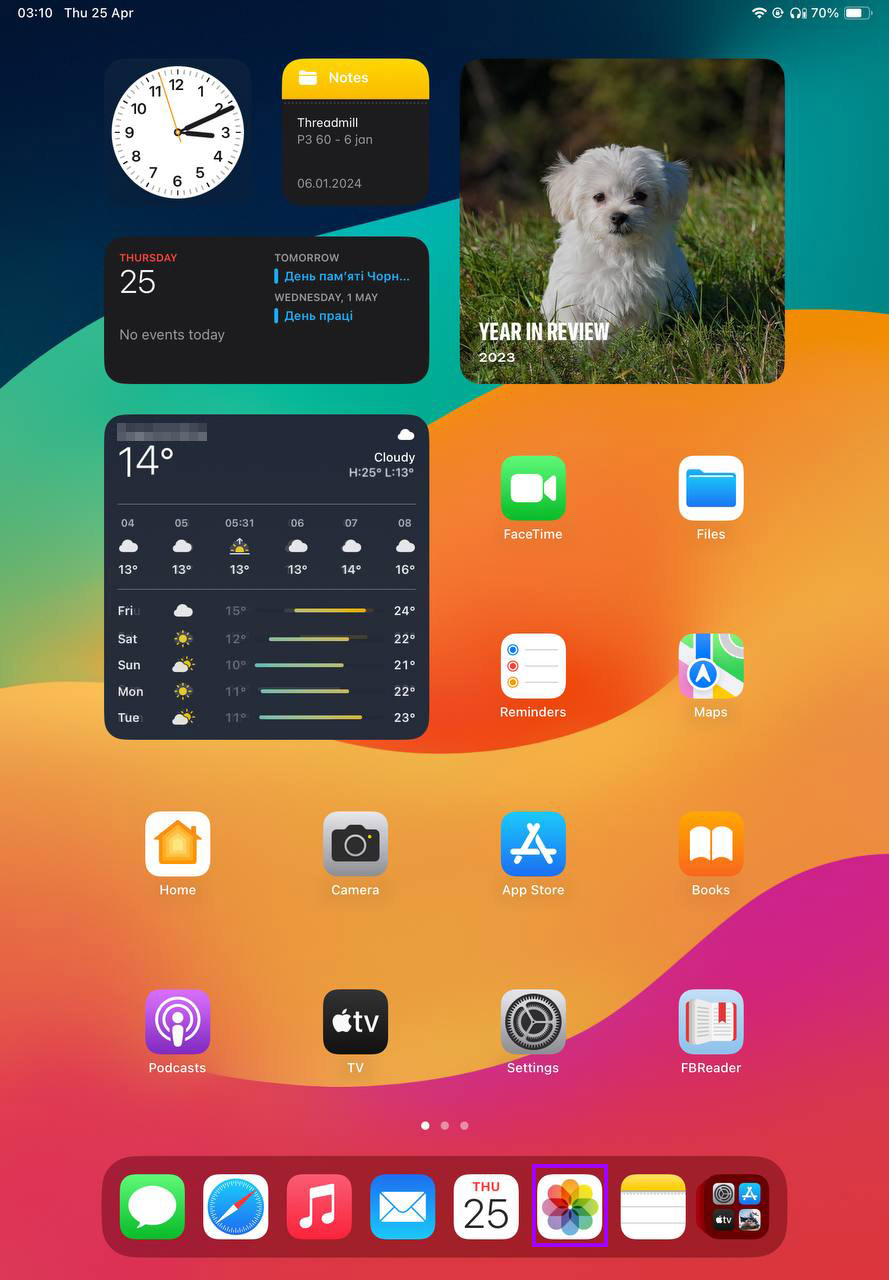
- Delete unnecessary photos and videos: Look through your albums for any photos and videos you don’t need. Tap ‘Select’, choose the ones to delete, and then hit the trash icon.
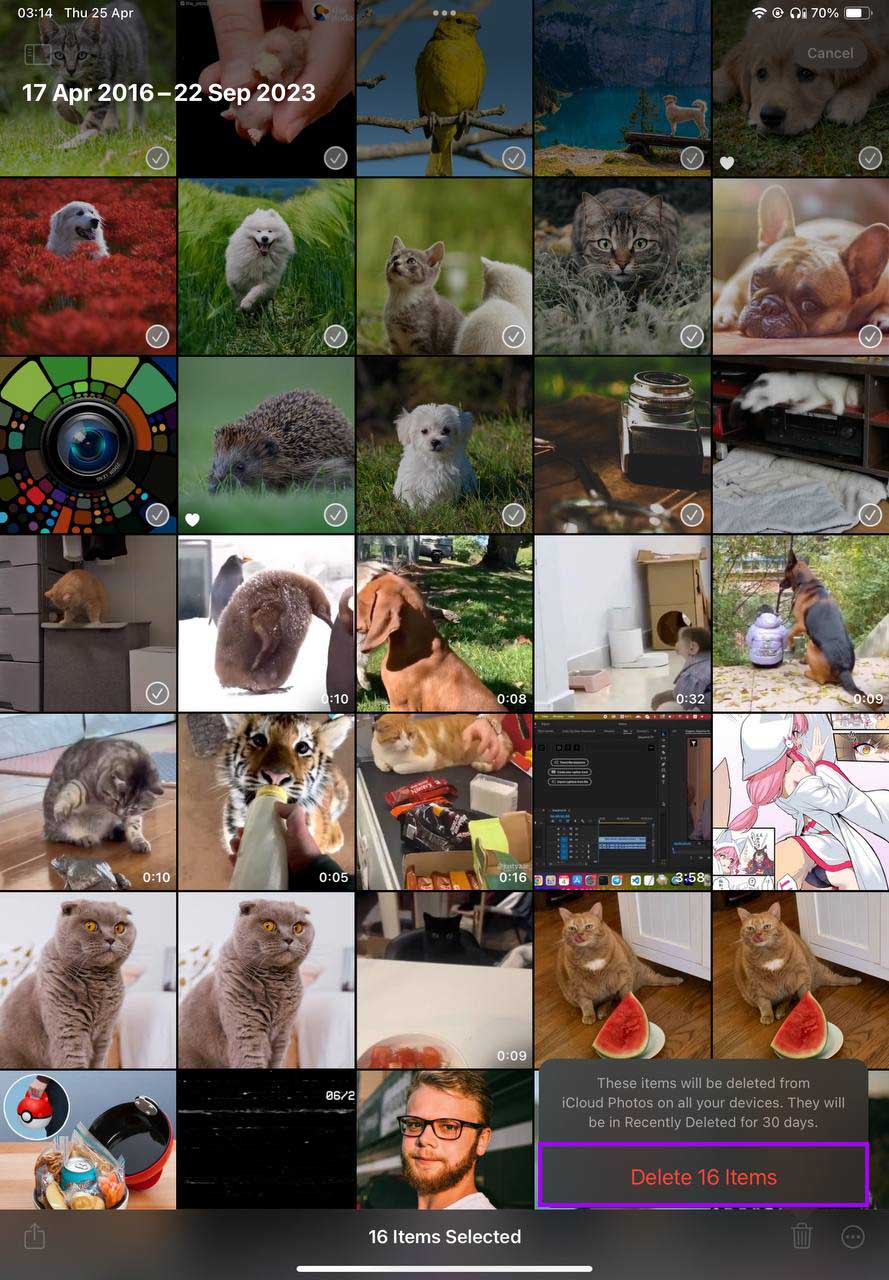
- Enable iCloud Photo Library: Go to Settings > [your name] > iCloud > Photos, and turn on iCloud Photo Library.
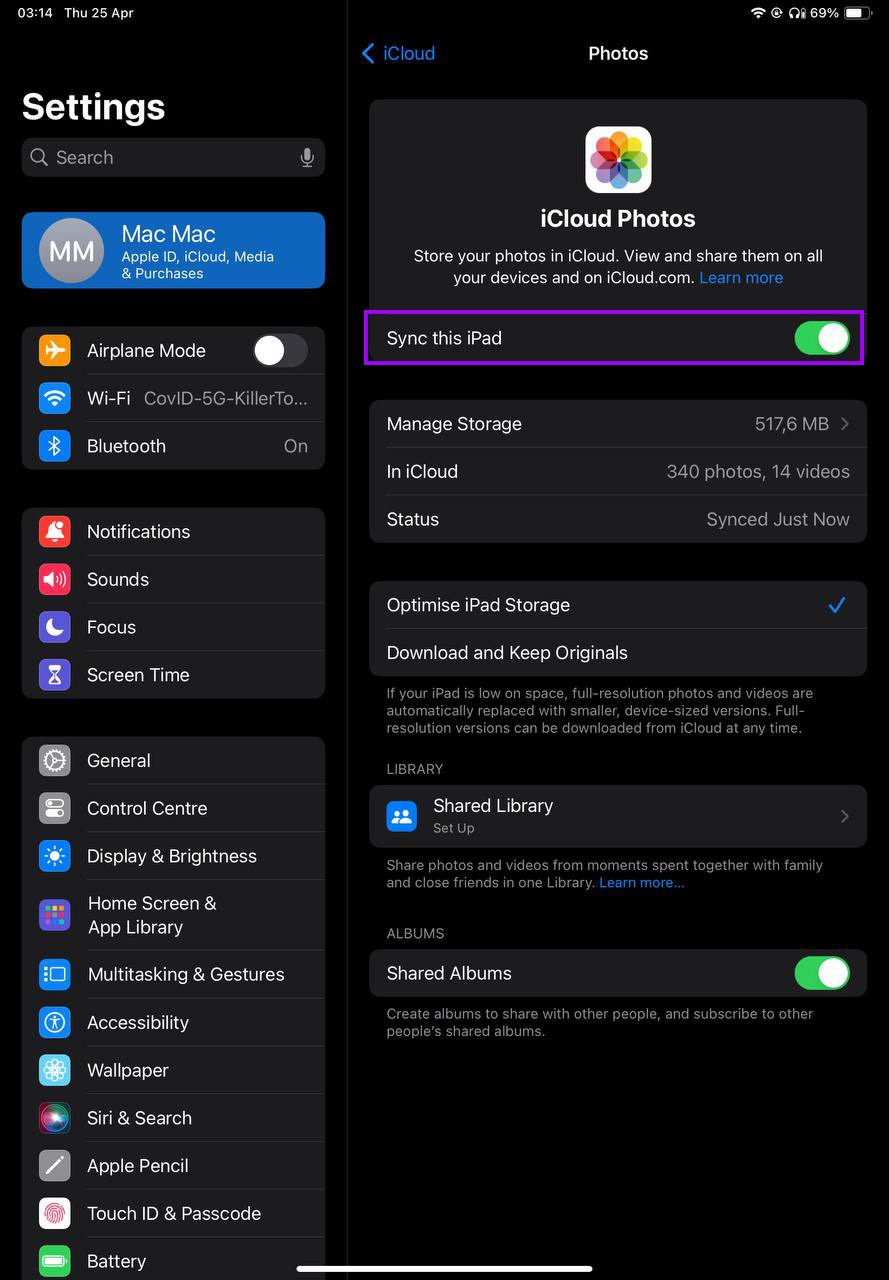
By regularly sorting through and managing your media, you can keep your iPad storage free from unnecessary clutter.
Method 3: Clear Safari Cache and Website Data
Clearing cache and website data from Safari can help free up space by removing stored information that’s no longer needed.
- Open Settings: Tap the Settings icon on your iPad’s home screen.
- Tap Safari: Scroll down and select Safari from the list to access its settings.
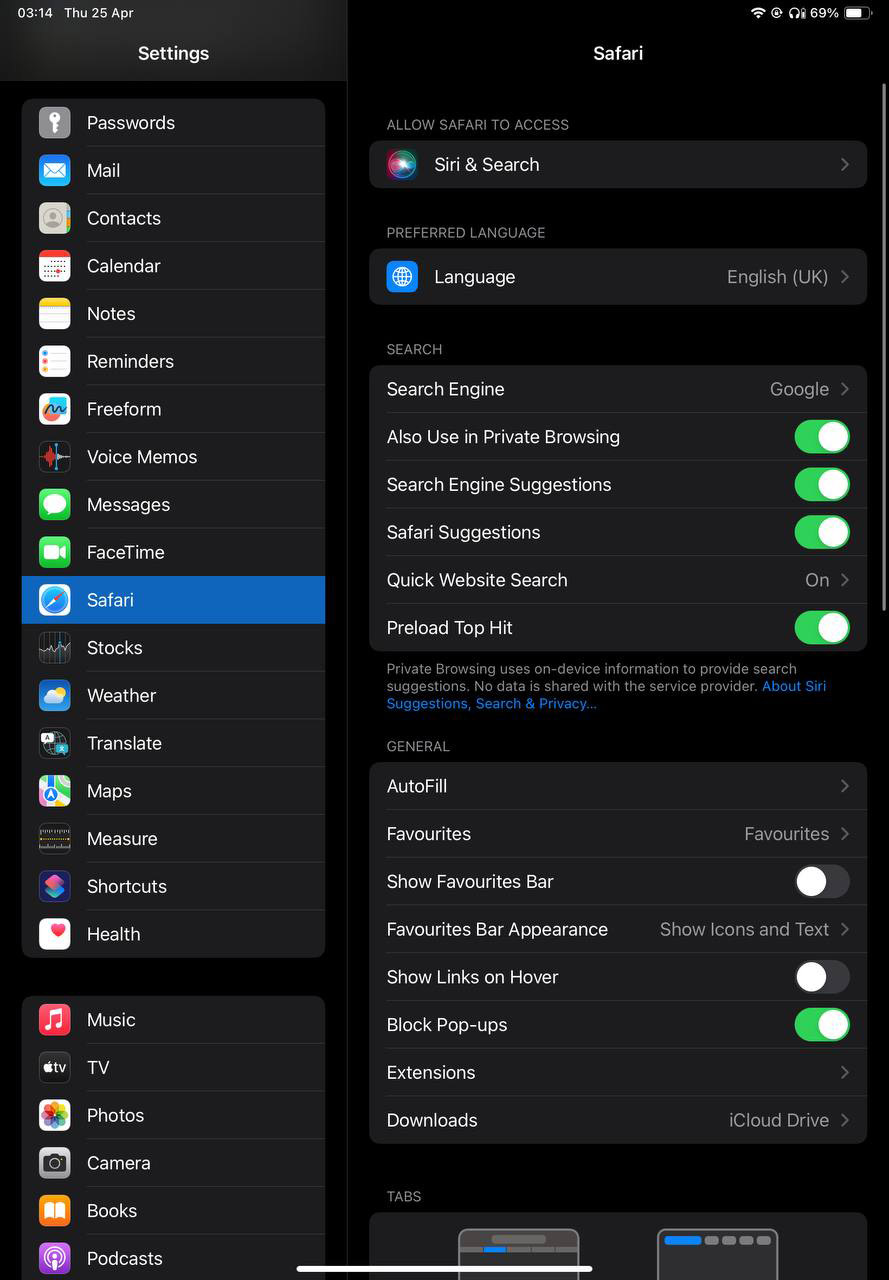
- Clear History and Website Data: Find the “Clear History and Website Data” option and tap it, then confirm your choice.
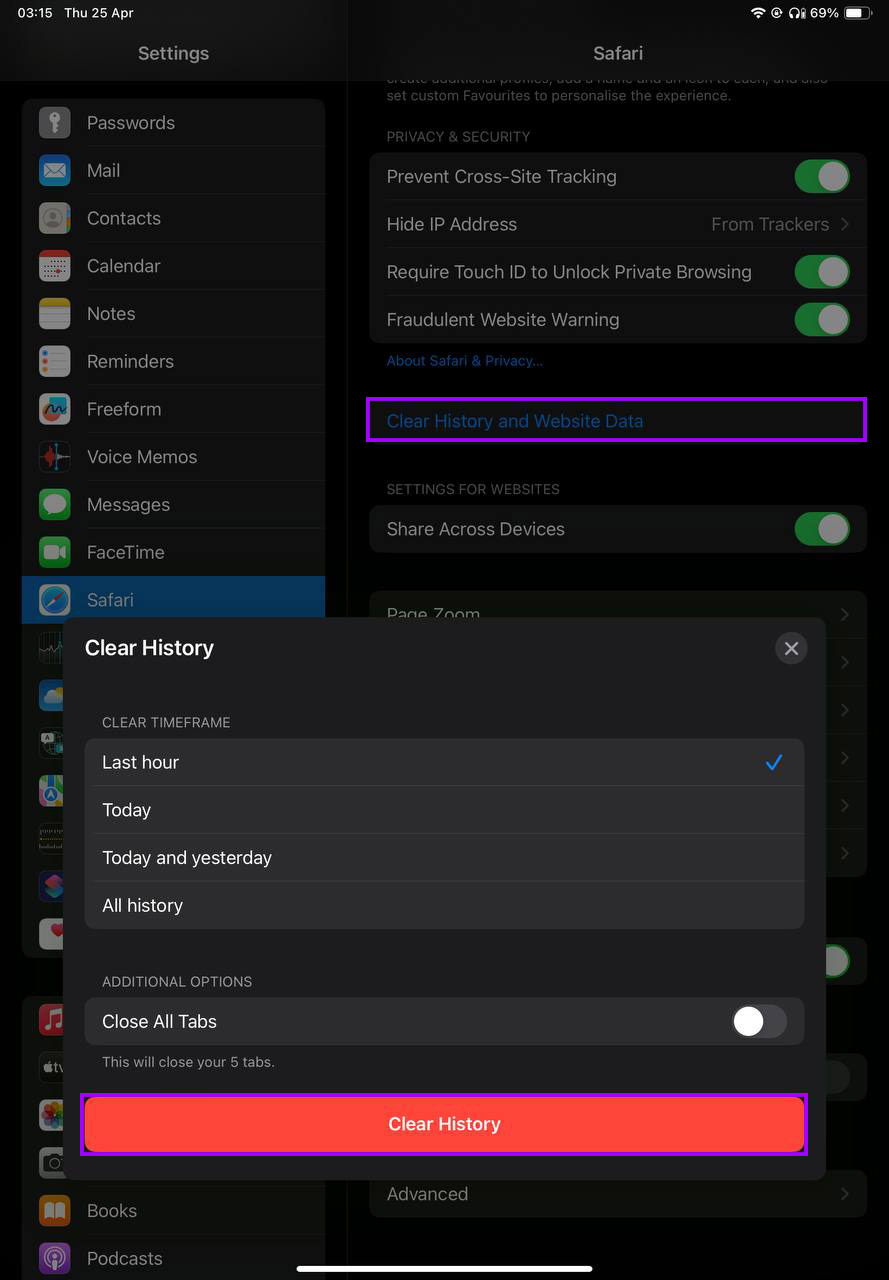
By clearing this data regularly, you can maintain a clean storage on iPad
Method 4: Clean Up Media and Music
Managing your downloaded media and music properly can significantly free up space on your iPad. Removing these files clears up a lot of space, especially if they are large files like movies or full music albums.
- Review your downloaded files: Open the Music or TV app to see what you have downloaded.
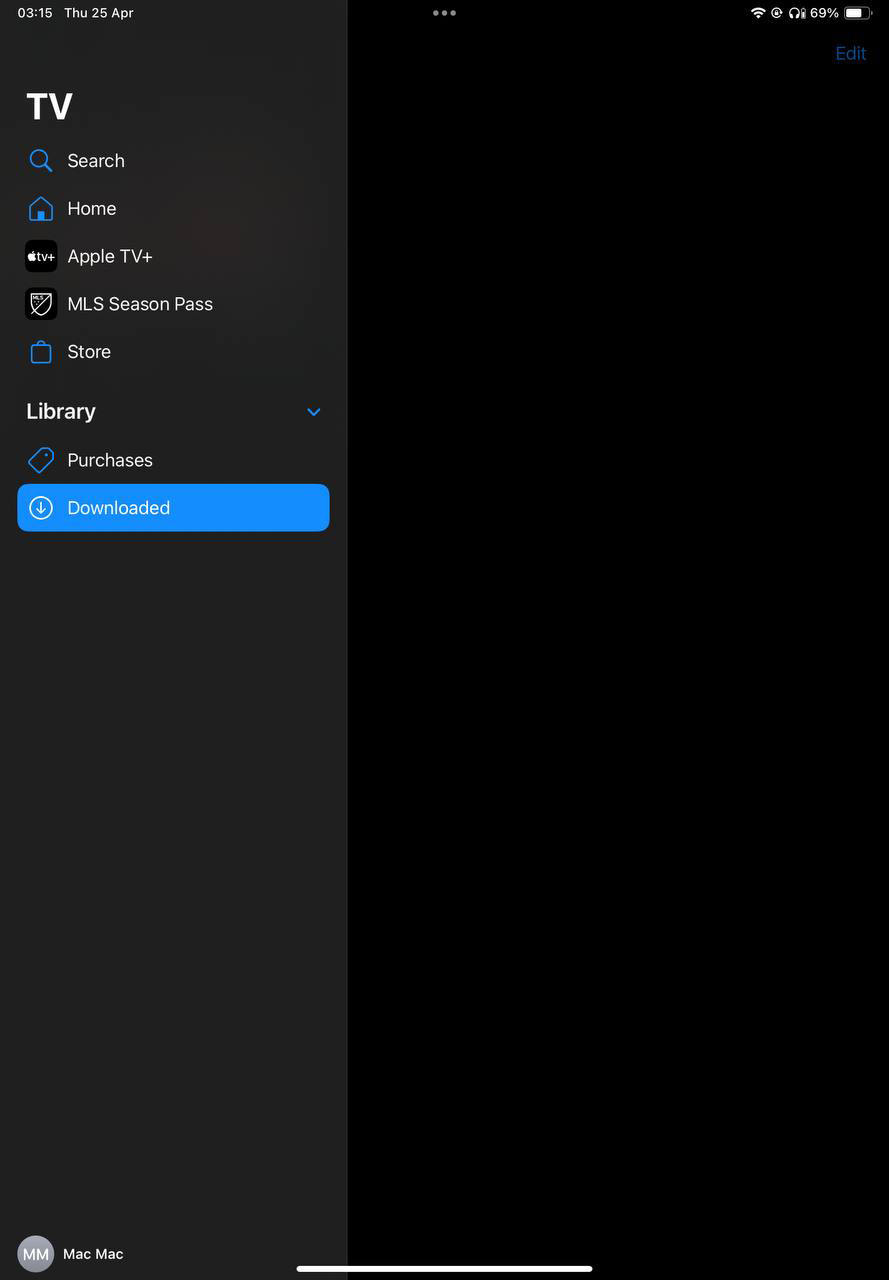
- Delete unnecessary downloads: Delete any music, movies, or TV shows that you no longer need offline.

- Opt for streaming: Consider using streaming services instead of storing files directly on your device. Streaming content requires less storage, keeping your device’s memory free for other uses.
By regularly cleaning out and opting for streaming, you can keep your iPad’s storage from getting overwhelmed by large media files.
Method 5: Utilize Cloud Services for Storage
Using cloud services to store your documents, photos, and other media is an effective way to free up physical storage on your iPad.
Use iCloud to Free Up Physical Storage
iCloud is integrated into every Apple device and offers a seamless way to manage your storage directly from your device.
- Enable iCloud Drive: Go to Settings > [your name] > iCloud, and toggle on iCloud Drive. iCloud Drive stores your documents and data in the cloud, reducing the need for local storage on your device.
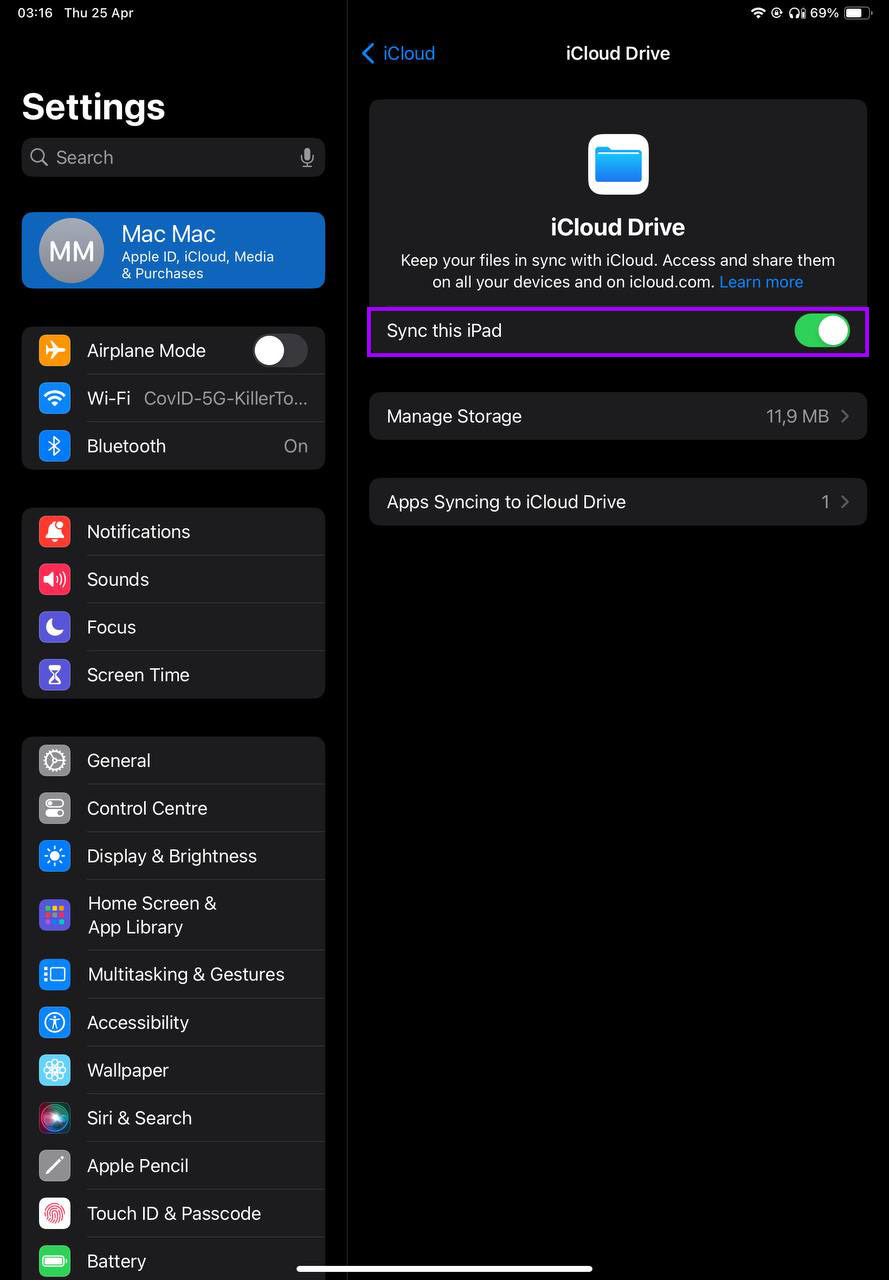
- Optimize Photos Storage: In the same iCloud settings, select Photos and then choose ‘Optimize iPad Storage.’ This setting automatically replaces full-resolution photos and videos with smaller, device-sized versions on your iPad, while full-resolution originals are kept in iCloud.
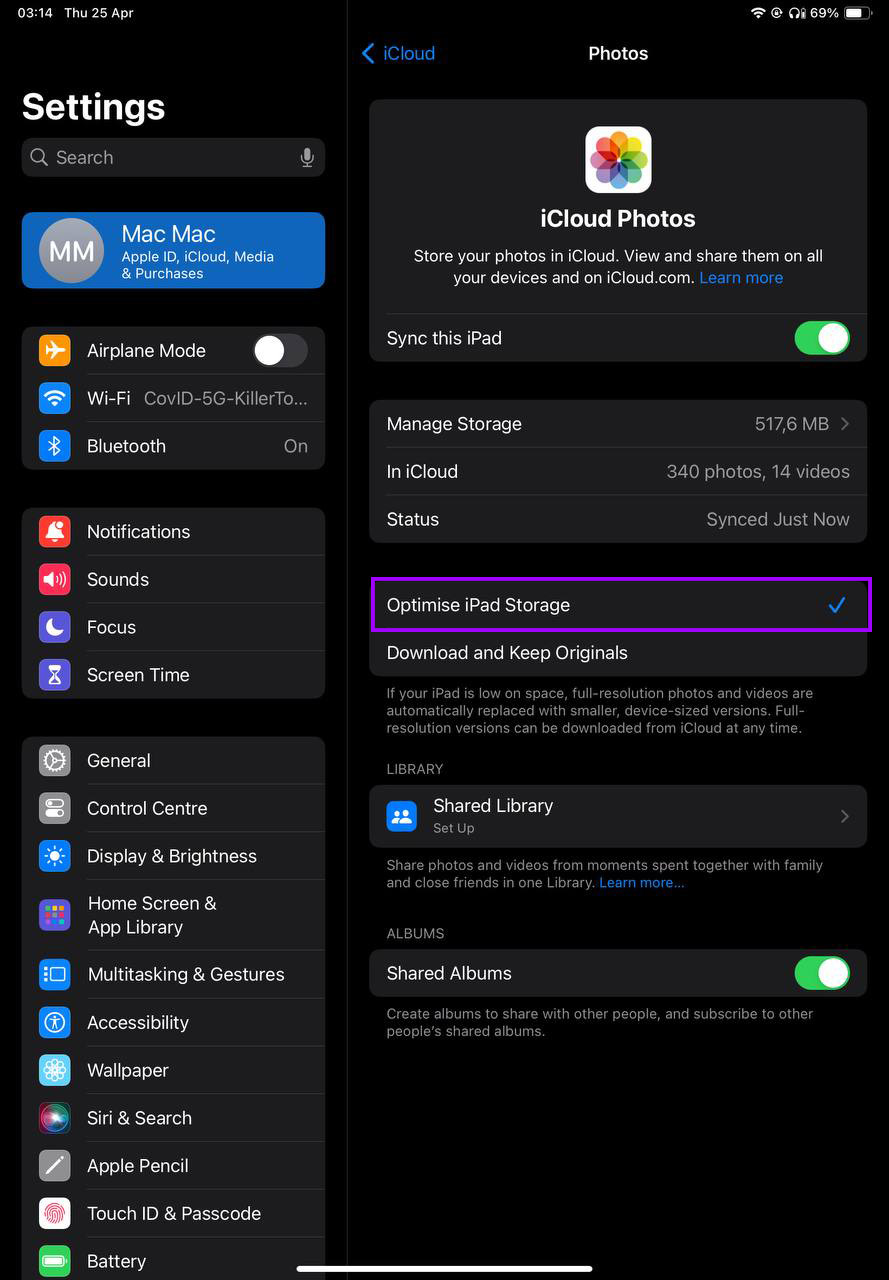
- Manage App Data: Use iCloud to back up data from apps that support iCloud integration. This can be managed under the Apps Using iCloud section. By storing app data in iCloud, you keep your device’s internal storage free for other important uses.
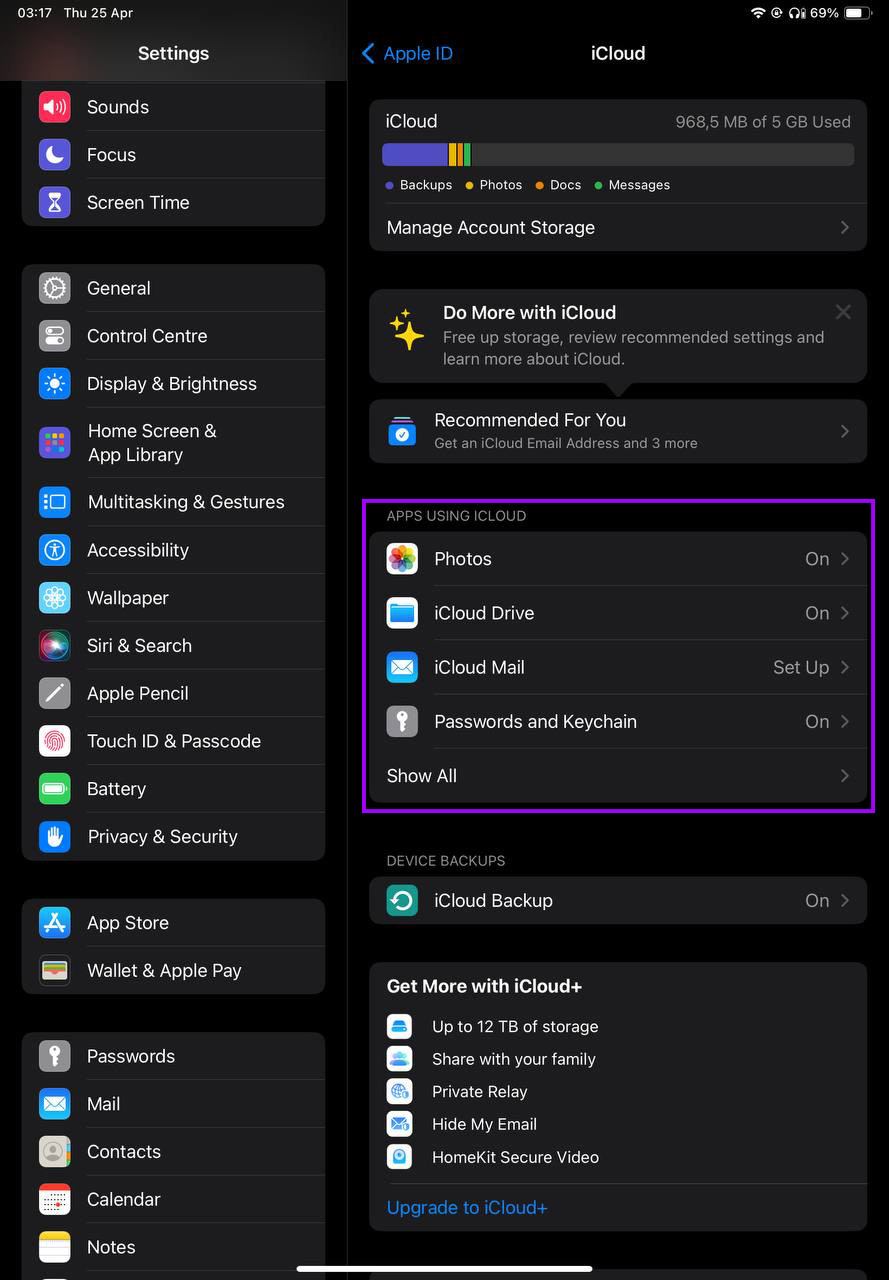
Alternative Cloud Storage Solutions
If you’re looking for storage options beyond iCloud, several other services offer competitive features and storage plans.
- Google Drive: Download the Google Drive app from the App Store and sign in or create an account. Google Drive is a versatile option for users who need to manage various types of documents and prefer the collaborative features of Google’s suite. Google Drive offers 15 GB of free storage and easy integration with Google Docs, Sheets, and Slides.
- Dropbox: Install Dropbox from the App Store for a straightforward file storage solution with 2 GB of free space and options to earn more through referrals. Dropbox is user-friendly and widely adopted for both personal and professional use, making sharing and syncing files across devices simple.
- Microsoft OneDrive: For users embedded in the Microsoft ecosystem, OneDrive provides seamless integration with Office 365. It is ideal for those who use Office applications extensively, as it offers direct integration with Word, Excel, PowerPoint, and OneNote. Get the app from the App Store and start with 5 GB of free storage.
By choosing the right cloud service, you can free up storage on your iPad and keep your files accessible and secure, no matter where you are.
Method 6: Check and Clean Other Storage
The ‘Other’ category in your iPad’s storage includes diverse data that supports system operations and apps, such as system files, settings, Siri voices, system caches, and more. Dealing with this can help free up significant space.
- Delete old Messages and texts: Messages, particularly those with photos and videos, can take up a large amount of space categorized under ‘Other’ storage. Open the Messages app and delete old conversations, especially those with attachments.
- Remove unused voice memos: Voice memos can accumulate unnoticed and take up substantial space in ‘Other’ storage. Go to the Voice Memos app and delete any recordings you no longer need.
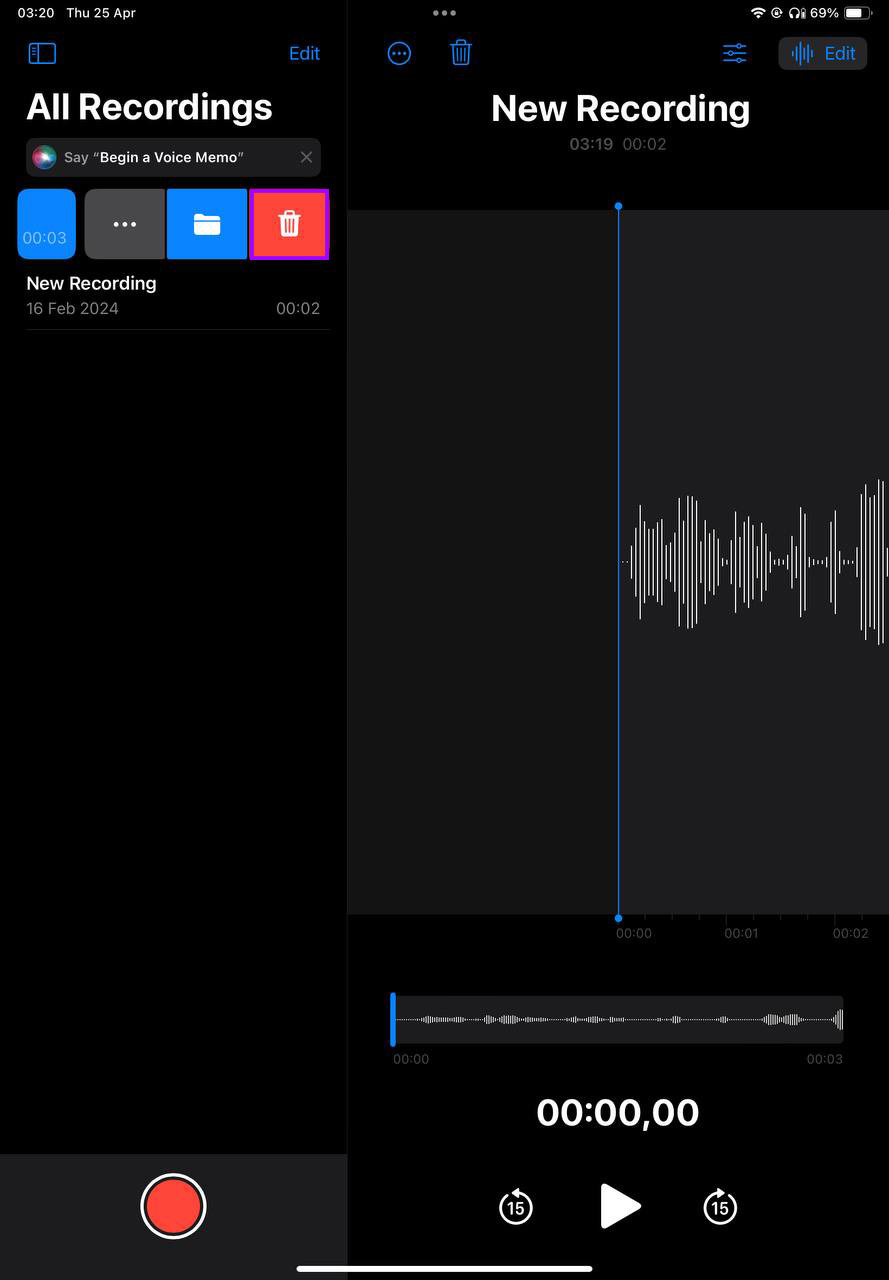
- Manage saved data from Safari: Go to Settings > Safari. Look for ‘Advanced’ > ‘Website Data’ and remove data for specific sites or delete all website data.
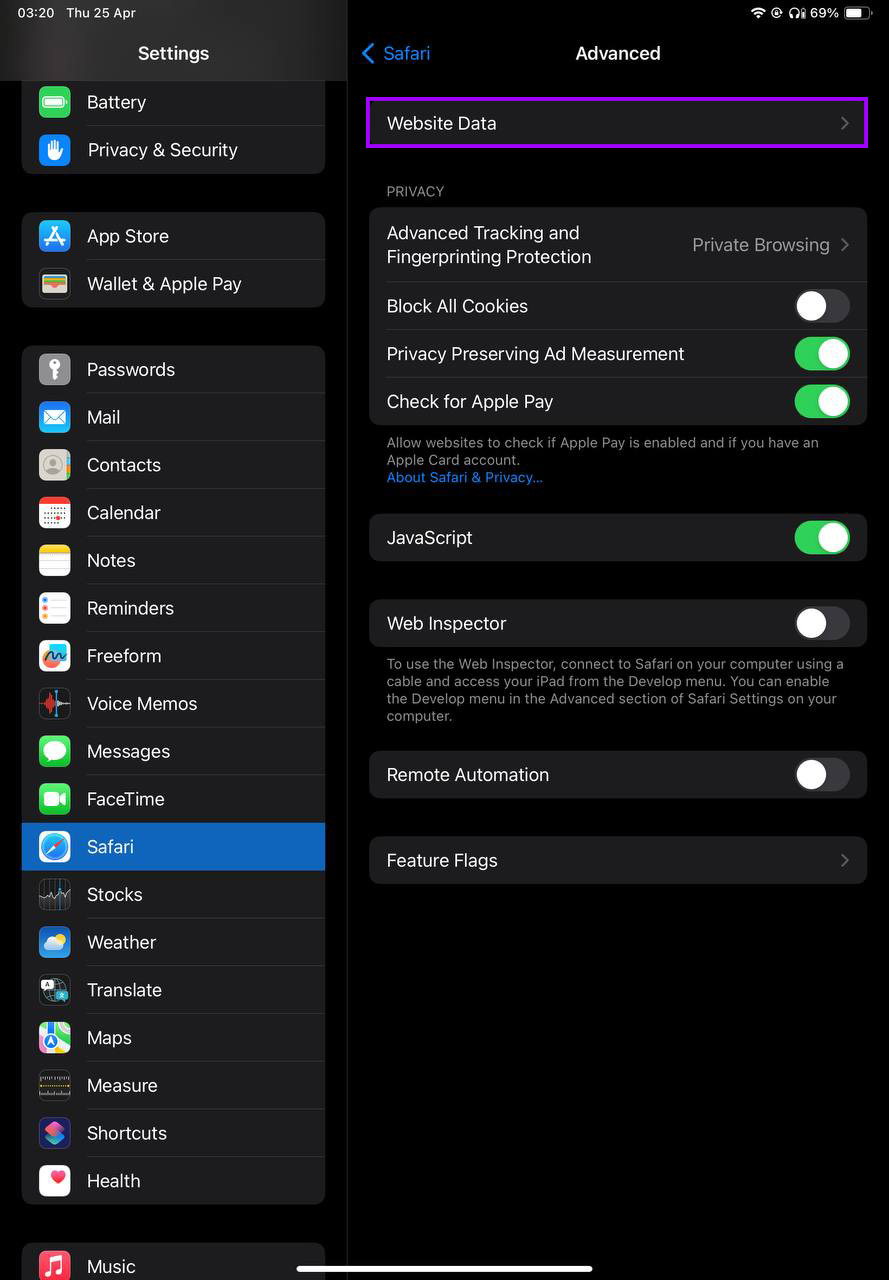
- Clear app caches manually: Many apps accumulate cache that isn’t removed during normal deletion processes. Clearing it manually can significantly reduce ‘Other’ storage. For apps that allow it, use the app’s settings to clear caches and unnecessary data directly within the app.
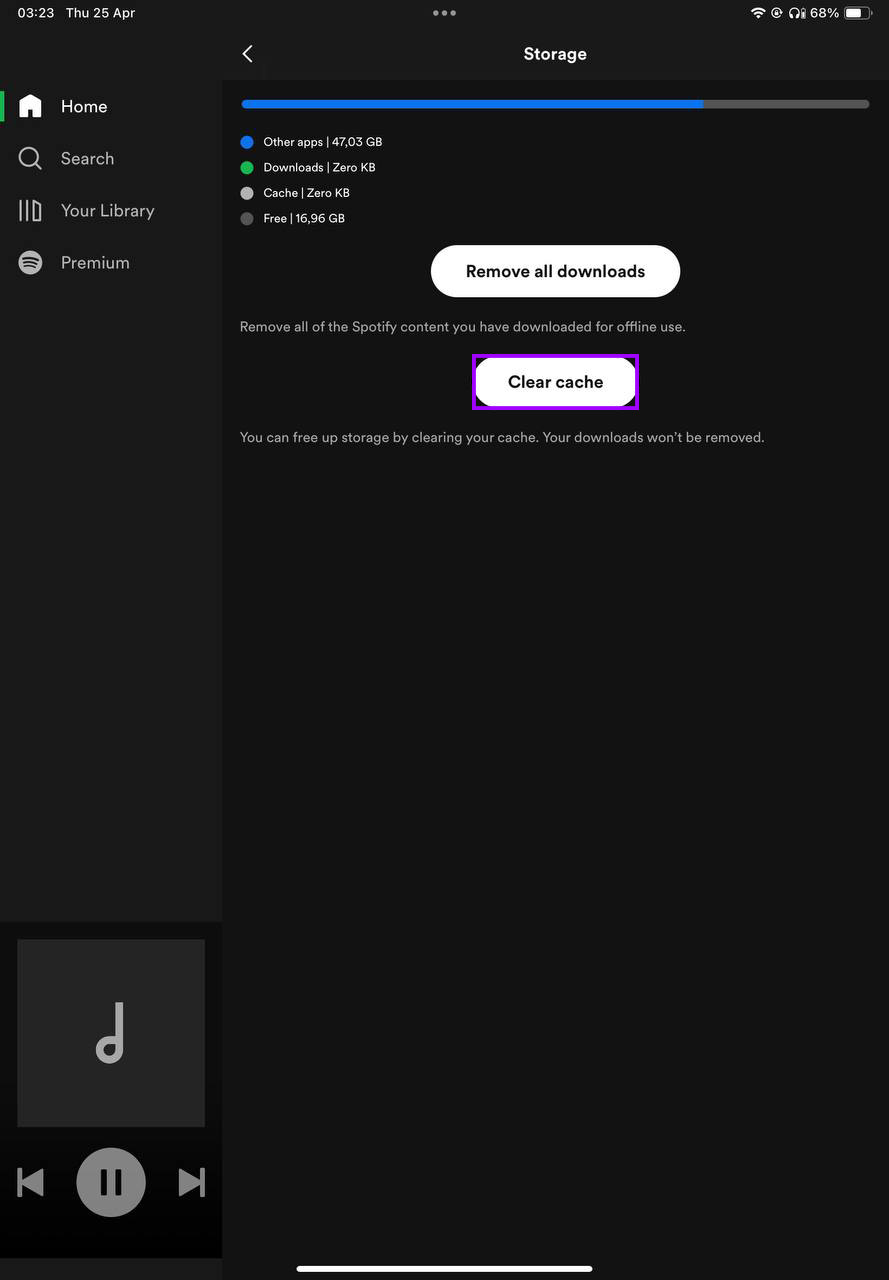
By focusing on these specific areas, you can quickly reduce the ‘Other’ storage on your iPad, helping to free up iPad storage.
Method 7: Use Third-Party Apps to Clean Storage
Using dedicated third-party cleaning apps can help automate the process of freeing up space on your iPad. Here are a few options that are particularly effective:
- Cleaner Kit: Cleaner Kit is a versatile app designed to help you manage storage efficiently on your iPad. It can identify duplicate photos, large videos, and other unnecessary files that you might not realize are taking up space. Cleaner Kit provides a simple, intuitive interface that makes it easy to use, even for those who aren’t tech-savvy. It includes tools for cleaning contacts, detecting similar pictures, and managing large files.
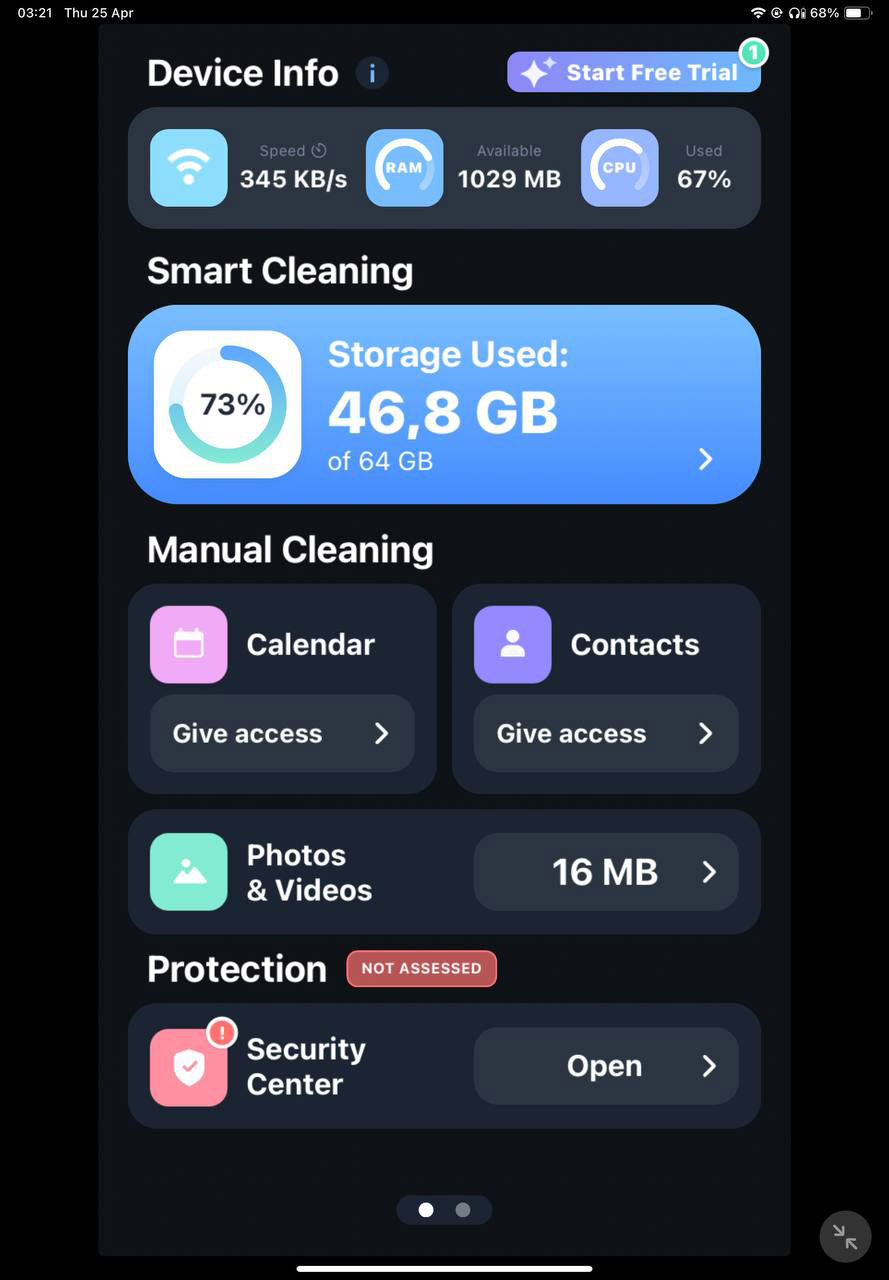
- Boost Cleaner: Boost Cleaner is another popular cleaning tool that focuses on optimizing iPad performance by cleaning unnecessary files and optimizing memory. Boost Cleaner is excellent for clearing cache, removing junk files, and freeing up RAM. The app is frequently updated to support the latest iPad models and iOS versions which provide compatibility with the newest devices and introduce new features to enhance its cleaning efficiency.
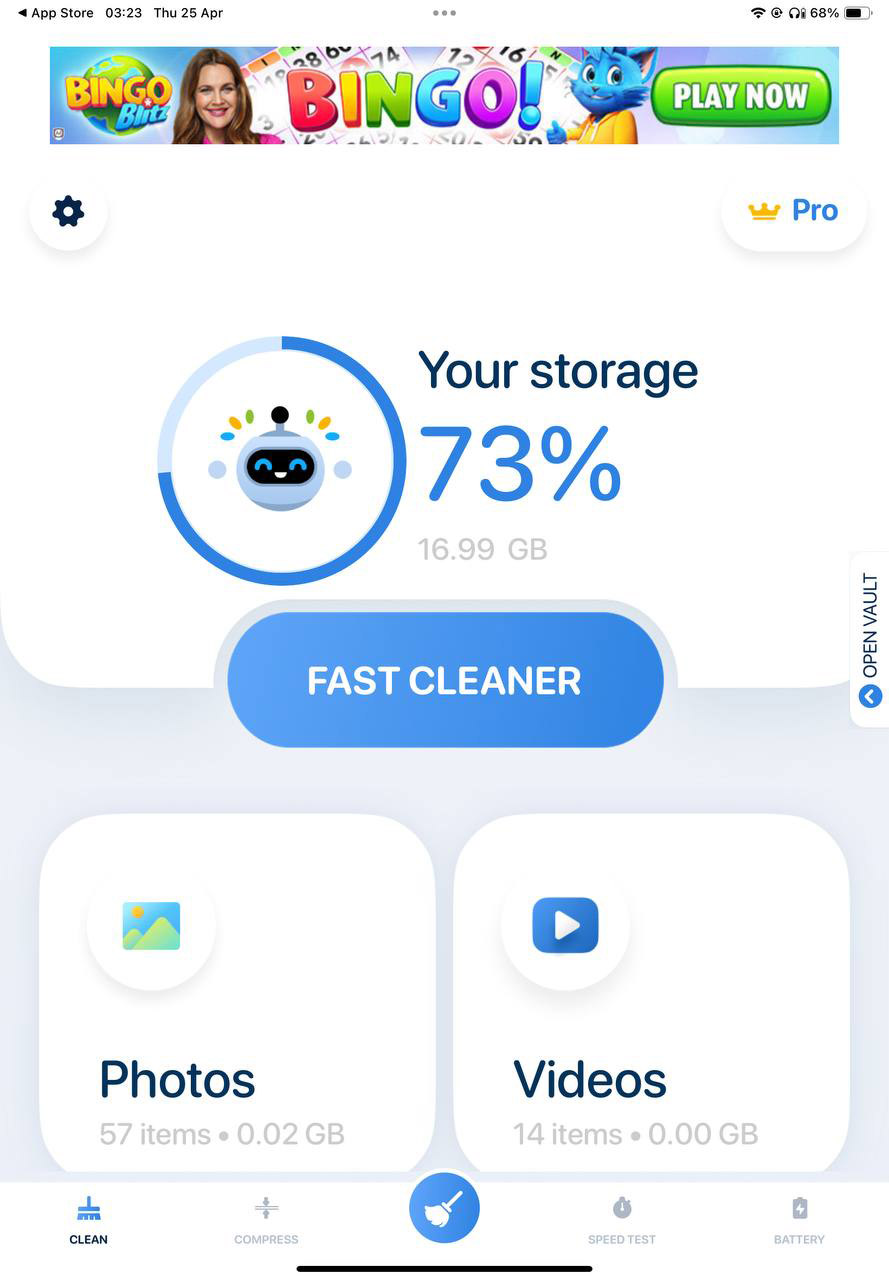
These apps are just a few examples of tools that can clean up iPad storage nicely. By incorporating one of these into your routine, you will be able to perform regular clean-up sessions without much effort.
Method 8: Reset iPad to Factory Settings
When you’ve tried everything else to free up space and your iPad is still running slow or storage is full, resetting it to factory settings can be a good solution. This method will remove all your data and settings, returning the iPad to its original state as if it were new.
- Backup your data: Before proceeding, make sure that all your important data is backed up to iCloud or your computer. This is important as a factory reset will delete everything.
- Go to Settings: Tap on the Settings app on your home screen.
- Navigate to Reset menu: Scroll down in the Settings menu and tap on ‘General’, then select ‘Transfer or Reset iPad.’
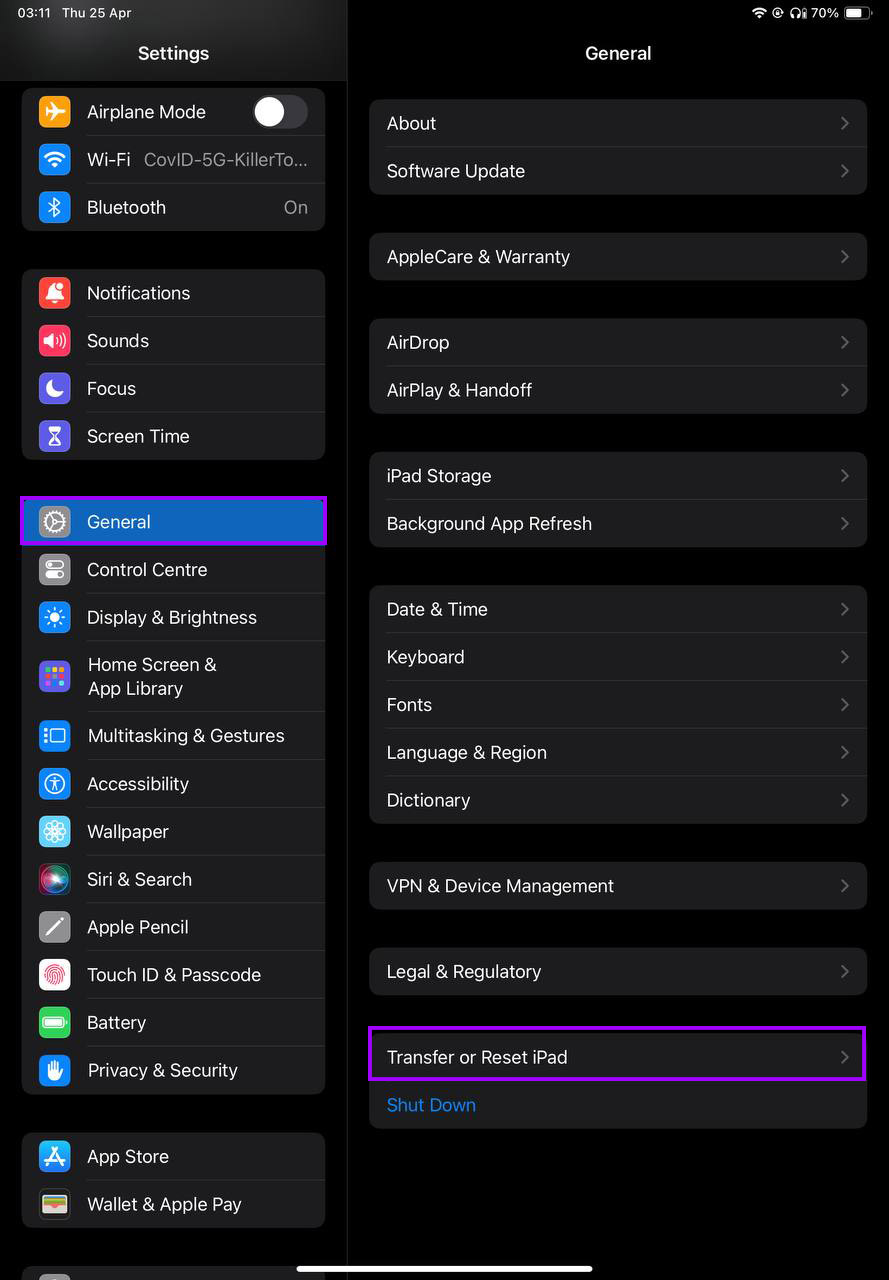
- Tap ‘Erase All Content and Settings’: Confirm your choice and if prompted, enter your device’s passcode or Apple ID password. This step initiates the process of wiping your iPad completely, which includes all apps, files, and personal data, thereby freeing up all the storage.
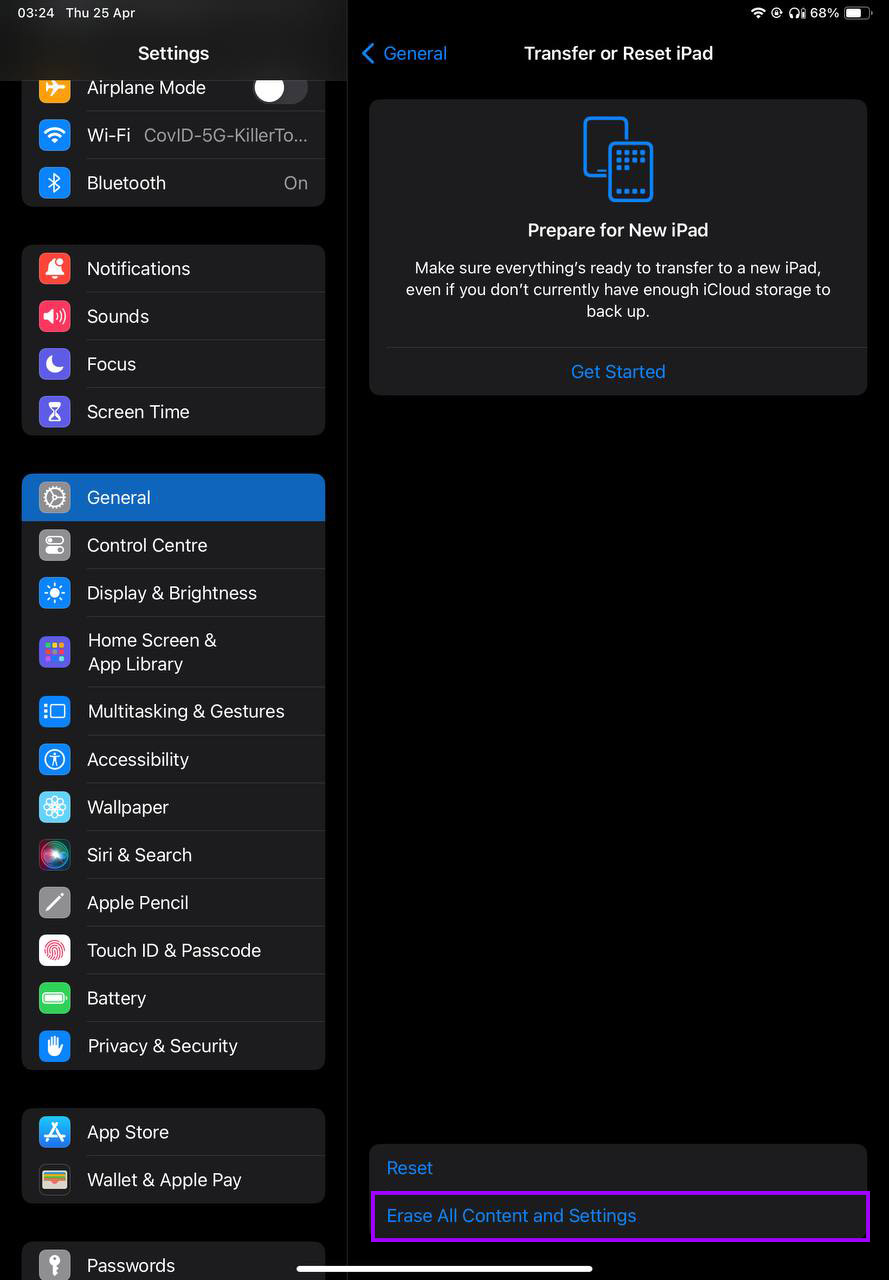
After these steps, your iPad will restart as if it were new, with all the available storage space restored and ready for fresh use. This method can significantly help if you want to clean up space on iPad thoroughly and start over without any clutter.
Conclusion
Cleaning your iPad’s storage is simple. With the steps provided in this guide, you can easily clean up and organize your iPad. Whether you’re deleting unused files, using cloud storage, or resetting your device, each method helps make more room. Keeping up with these simple clean-up tasks will help your iPad stay quick and ready for use.





















